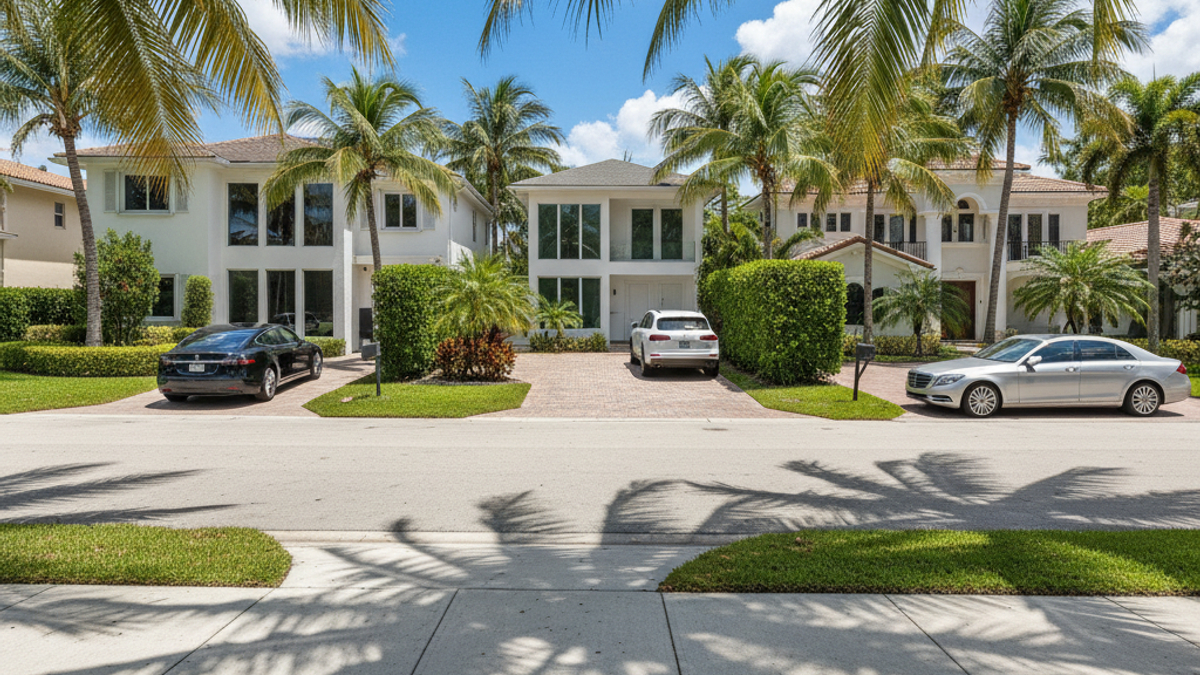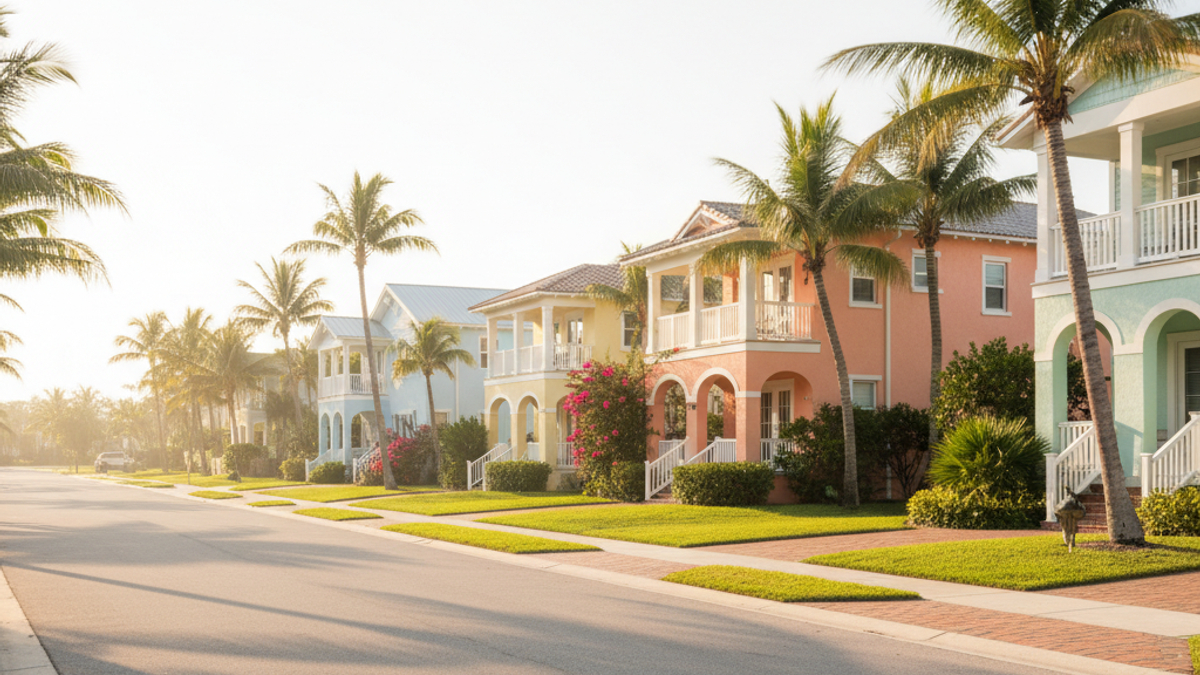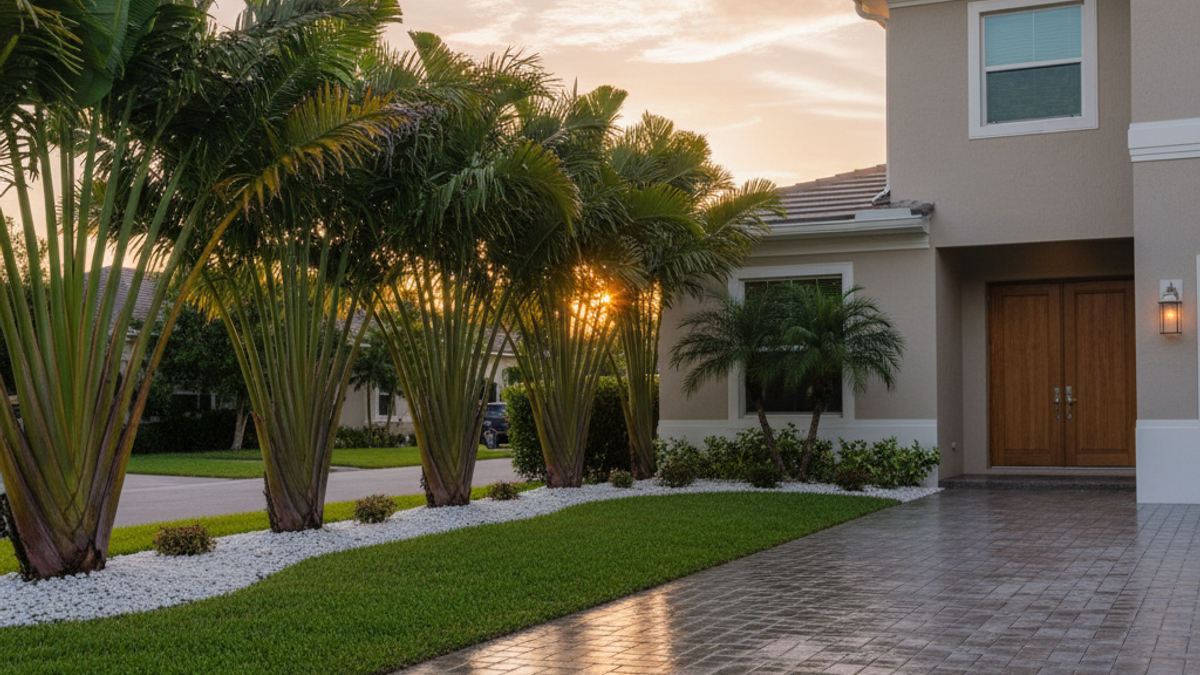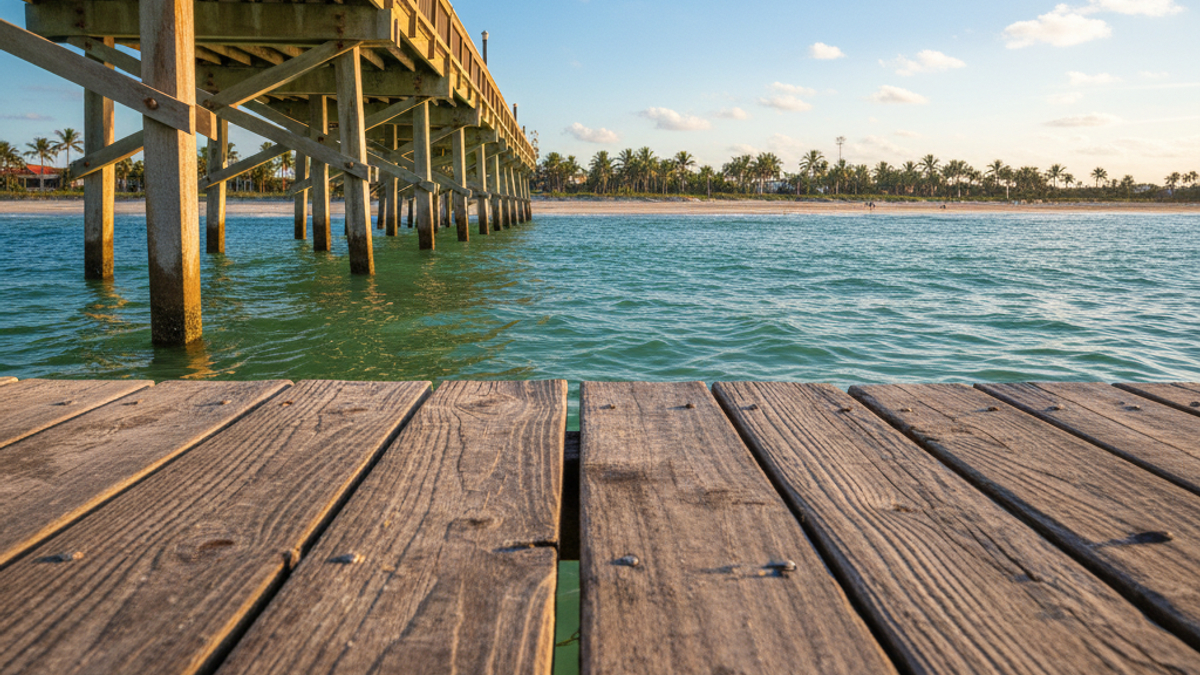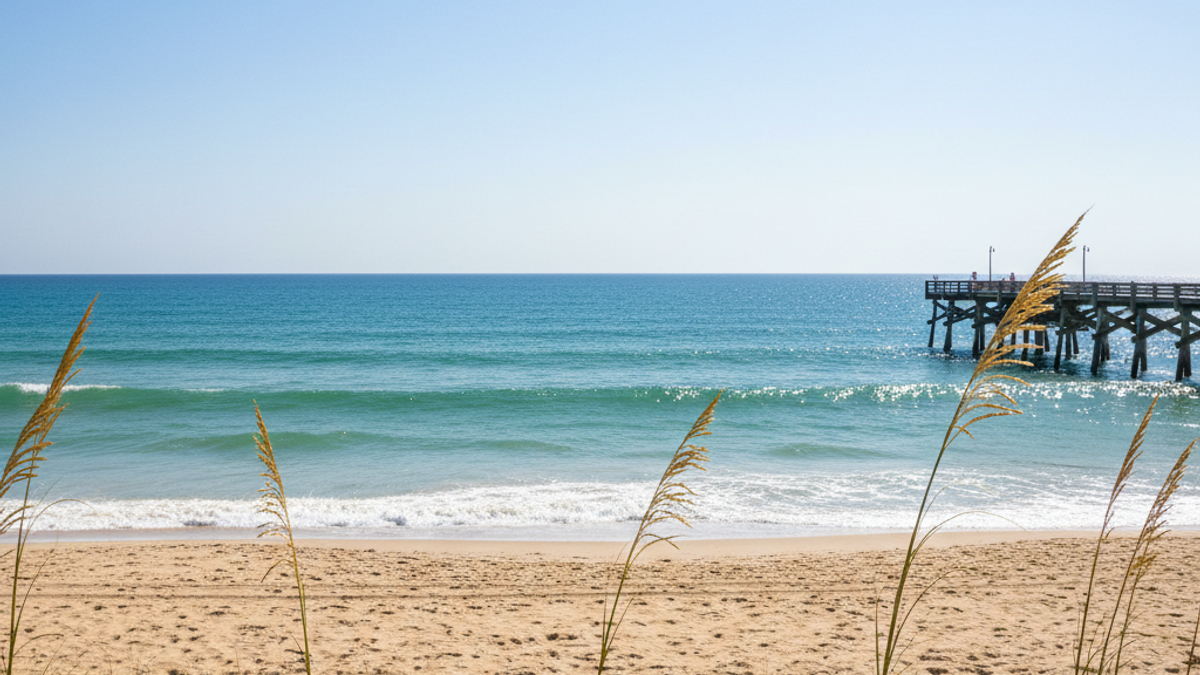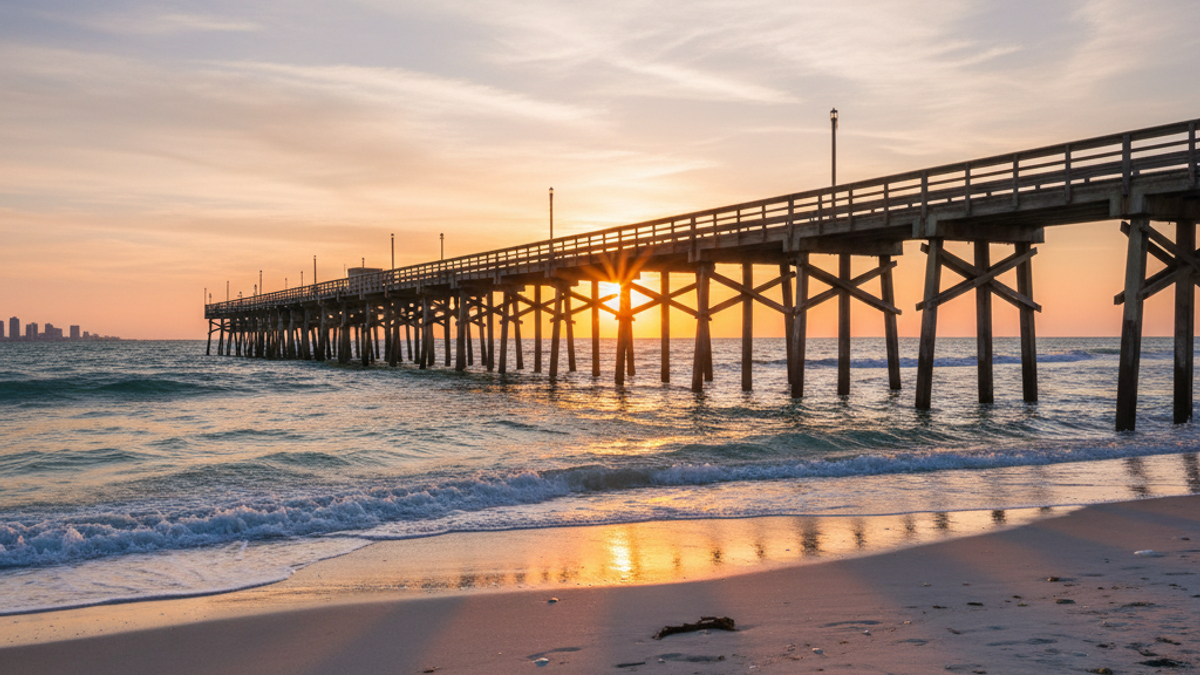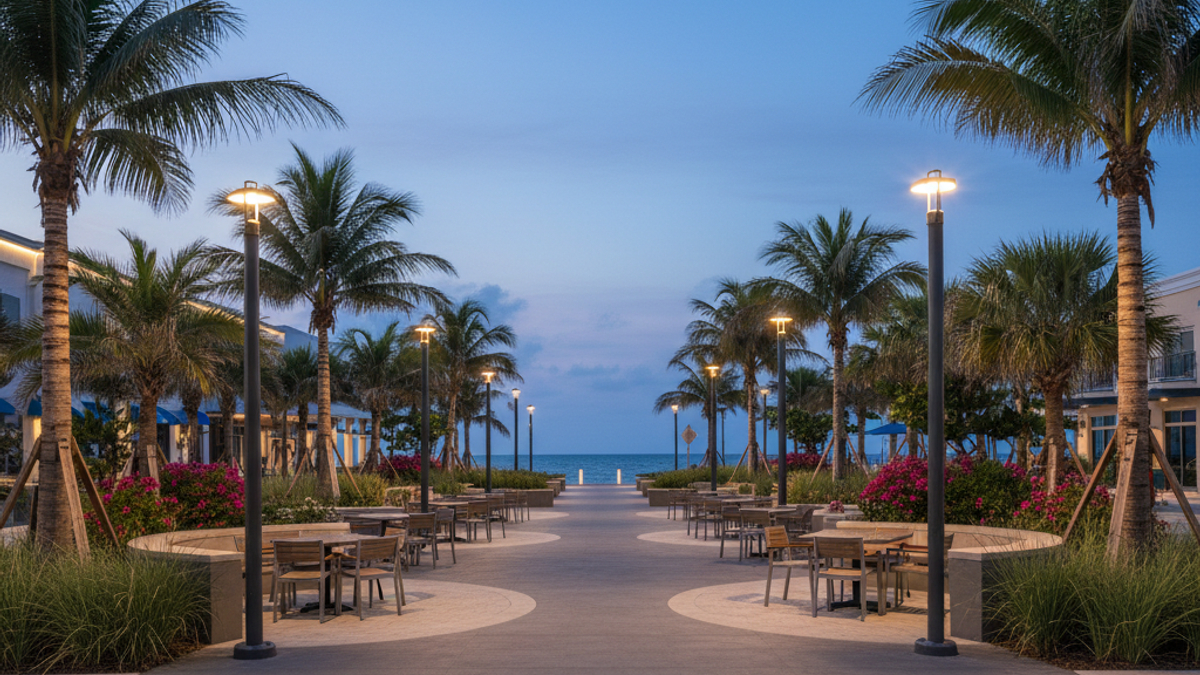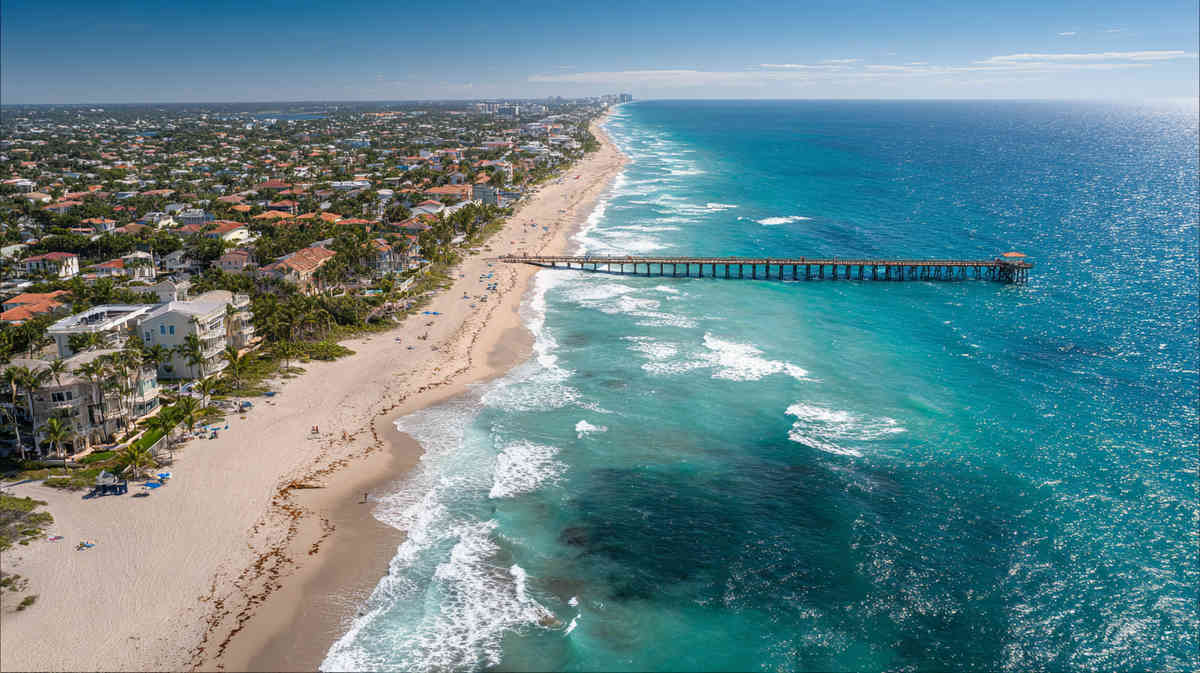The Local Pulse: What’s Really Happening on the Ground
A quick statewide stat first: a typical Florida home spends about 92 days on the market from “For Sale” sign to closing table. Lauderdale-by-the-Sea tends to run a little hotter—think 60 to 70 days on average during the past 12 months. Homes east of Intracoastal Waterway or within a short flip-flop walk of the pier often attract multiple offers within a couple of weeks.
Why does that matter to the “how long should you own a home before selling Lauderdale-by-the-Sea” question? Because a faster selling cycle rewards owners who time the market upswing rather than just sitting on the house for an arbitrary seven-year stretch. When demand is this brisk, the hold-period theory you read in a national article can feel outdated the moment the next cash buyer from up north lands at FLL.
Still, speed isn’t everything. A lightning-fast sale means nothing if you bought at last year’s peak and prices flattened. So let’s zoom in.
Beaches, Piers, Nightlife—How Location Perks Shorten (or Lengthen) Your Timeline
• Homes tucked between Commercial Boulevard and the ocean fetch the highest price per square foot in town. Appreciation over the past five years has run roughly 47% in that micro-area, roughly ten points higher than the rest of Broward County.
• Properties west of A1A, or those backing up to deeper canals, are appreciating too—just at a calmer pace (around 35% over five years).
If you snagged your home for $600,000 three years ago and comparable sales now push $825,000, you’re already flirting with the short-term capital-gain exemption rule. More on that in a second, but know this: geography inside our nine-block beach village either accelerates your equity curve or forces you to wait it out.
Lauderdale-by-the-Sea vs. The Neighbors Up The Coast
Fort Lauderdale, Pompano Beach, Deerfield—each offers sandy toes and waterfront vibes. Yet Lauderdale-by-the-Sea stays charmingly small, just over 6,000 full-time residents, and that intimacy keeps inventory tight. In 2023 the town averaged fewer than 40 single-family homes on the market at any given time. Over in Fort Lauderdale that number ballooned above 1,000. Lower inventory translates into fewer days on market, which in turn rewards sellers who feel an itch to list earlier than friends in bigger cities.
Bottom line: if your neighbors in Fort Lauderdale swear by a seven-to-ten-year hold period, remember their context is wildly different. Lauderdale-by-the-Sea often lets you bank meaningful equity in five.
Recent Shifts You Should Keep On Your Radar
2022 brought interest-rate hikes that rattled buyers statewide, yet beach micro-markets like ours barely flinched. Cash deals climbed above 50% of all closings. That cushion prevented price drops and set a new, higher baseline in early 2023. The pandemic work-from-anywhere crowd is still chasing warm winters—and they value move-in-ready, low-maintenance properties. If your house checks those boxes, your “optimal hold period” might shrink by a year or two because buyers will pay the premium now instead of later.
Money Talk: Making Sure Your Numbers Sing (Not Sting)
Appreciation feels great, but spreadsheets decide whether you walk away smiling. Let’s peek at the four big money levers that pull on your ownership timeline.
Break-Even Point on Buying Costs
Closing costs, title fees, inspections—most owners drop 2% to 4% of the purchase price on day one. Another chunk goes toward early-year mortgage interest and insurance. In plain English: you need roughly 24 months of appreciation just to break even on transaction costs. Sell earlier than that and you’re probably writing a goodbye-check at closing.
Short-Term vs. Long-Term Capital Gains
Own for less than 12 months and the IRS treats your profit like regular income. Own at least 12 but less than 24 and you still owe capital gains, but you miss the bigger homeowner exclusion. Hit the two-year mark, live in the place as your primary residence for those two years, and you can exclude up to $250,000 of gain if single or $500,000 if married. That flips the script for many owners. Two years suddenly feels like the first non-negotiable checkpoint.
Rental Income Option
Lauderdale-by-the-Sea allows short-term rentals in certain zones. If your property qualifies, you might pull in $6,000 to $12,000 a month during peak season. Some owners decide to keep the home five or six years, collect rent for two months each winter, then use that cash flow to offset holding costs until they hit the two-year tax mark or a target sale price.
Insurance and Maintenance Curve
Coastal insurance premiums jumped 20% to 30% in many policies last year. Roof over 15 years old? Expect to re-roof soon or swallow even higher rates. Expensive fixes creeping up on you can nudge the “sell” button earlier, especially if you already crossed the break-even line.
Quick snapshot: most Lauderdale-by-the-Sea sellers who bought between 2018 and 2021 are finding that year five delivers the juiciest ROI once you deduct purchase costs, add back tax exclusions, and subtract a realistic refresh budget.
Timing Moves: Calendars, Tides, and Hurricanes
Even if the math shouts Sell Now, timing still matters. Here’s how locals play the clock.
Tourist Flow Creates Mini-Peaks
• Mid-January through Easter brings snowbirds, spring-break travelers, and a sudden swarm of second-home buyers. List the first week of January and you ride that wave.
• June through August? Families vacation elsewhere and full-time residents hide from the humidity, so showing traffic drops.
• September and October may sound sleepy, yet they attract buyers who want keys in hand before high season. Inventory dips, competition thins, and you can still capture solid prices.
Hurricanes: The Big “What-If”
Storm season runs June 1 to November 30. A named storm on the radar means insurers freeze new policies, lenders pause closings, and buyers hesitate. Local pros aim to go under contract before mid-August or wait until late October. If you can flex your listing date, you avoid that last-minute scramble for coverage.
Market Cycles and “Frequency of Selling”
National research says the median homeowner sells after roughly eight years. Lauderdale-by-the-Sea breaks the mold with a median closer to six. Why? High equity growth, smaller lot sizes that spark upsizing dreams, and the allure of cashing out while demand is red-hot. Keep that stat handy if you worry you’re “selling too soon.” Around here, six years is practically normal.
A Real-Life Quick Exit
One beachfront owner bought for $1.05 million in early 2020, remodeled the kitchen, installed impact windows, and listed in April 2023 at $1.65 million. Twelve showings, three offers, full-price contract in nine days. Their hold period: three years, one month. After the two-year capital-gains exclusion, they walked with over half a million tax-free. Proof that “short” can still be smart when every puzzle piece lines up.
Life Happens: Personal Reasons to List Sooner or Later
Numbers and seasons aside, human factors carry just as much weight.
• Job shuffle. Remote work policy reversed? Commuting back to an office in Miami-Dade can sap the beach-town magic quickly.
• Space reshuffle. Maybe you crave a yard for a boat or a bigger garage for surfboards. Lauderdale-by-the-Sea lots are cozy; sometimes the only way to gain elbow room is to swap addresses.
• Lock-and-leave simplicity. Several owners downsize into condos once they realize the single-family upkeep eats into beach time.
• Shift in financial goals. Rental income worked fine until you decided you’d rather unload the second home and plow gains into a different venture.
If one of those life triggers fires, you do not have to wait for the mythical seven-year clock. Your well-being outranks textbook timing.
So…How Many Years Is “Enough”?
Let’s put guardrails around the decision.
Under Two Years
Only makes sense if you face a must-move situation or scored a deal far below market value and can still exit with profit after taxes and closing costs.
Two to Five Years
The sweet spot for many primary homeowners. You unlock the capital-gains exclusion, likely bank double-digit appreciation, and sidestep hefty remodel bills that pop up around year six or seven.
Five to Eight Years
Great for owners who snagged prime lots or invested in major improvements. Your equity stack gets thicker, and you can ride out minor market hiccups.
Eight-Plus Years
Hang on if you treat the place like a lifestyle asset rather than an investment. Just keep a maintenance reserve ready for roof, seawall, or window upgrades that come with coastal living.
If none of those windows jump out at you, run a simple “net-sheet” experiment today. Call your agent, plug your latest mortgage balance into a seller’s closing worksheet, add reasonable repair credits, then see the final take-home number. Does that number move the needle for your next life chapter? If yes, congratulations—you’ve answered the how-long question for your unique situation.
Ready to Map Your Own Timeline?
Pull your purchase date, current loan payoff, and a ballpark market value. Compare a two-year gain versus a five-year gain. Factor in hurricane season, tourist waves, and your own tolerance for another round of rising insurance costs.
When the net profit meets your goal and the local calendar tilts in your favor, list with confidence. Lauderdale-by-the-Sea’s tight inventory and steady demand will do the heavy lifting. And if you still feel stuck, let’s talk it through. A quick strategy session could shave months—or even years—off your holding period and put that beach-town equity right where you want it: working for you, not sitting idle in stucco.
You’ve got the data. You’ve got the roadmap. Now decide whether the next sunrise you watch from the sand will be as an owner or as a seller on the move. Either way, you call the shots.



